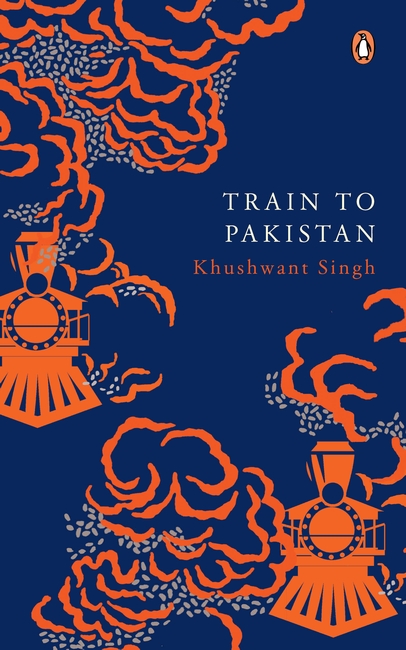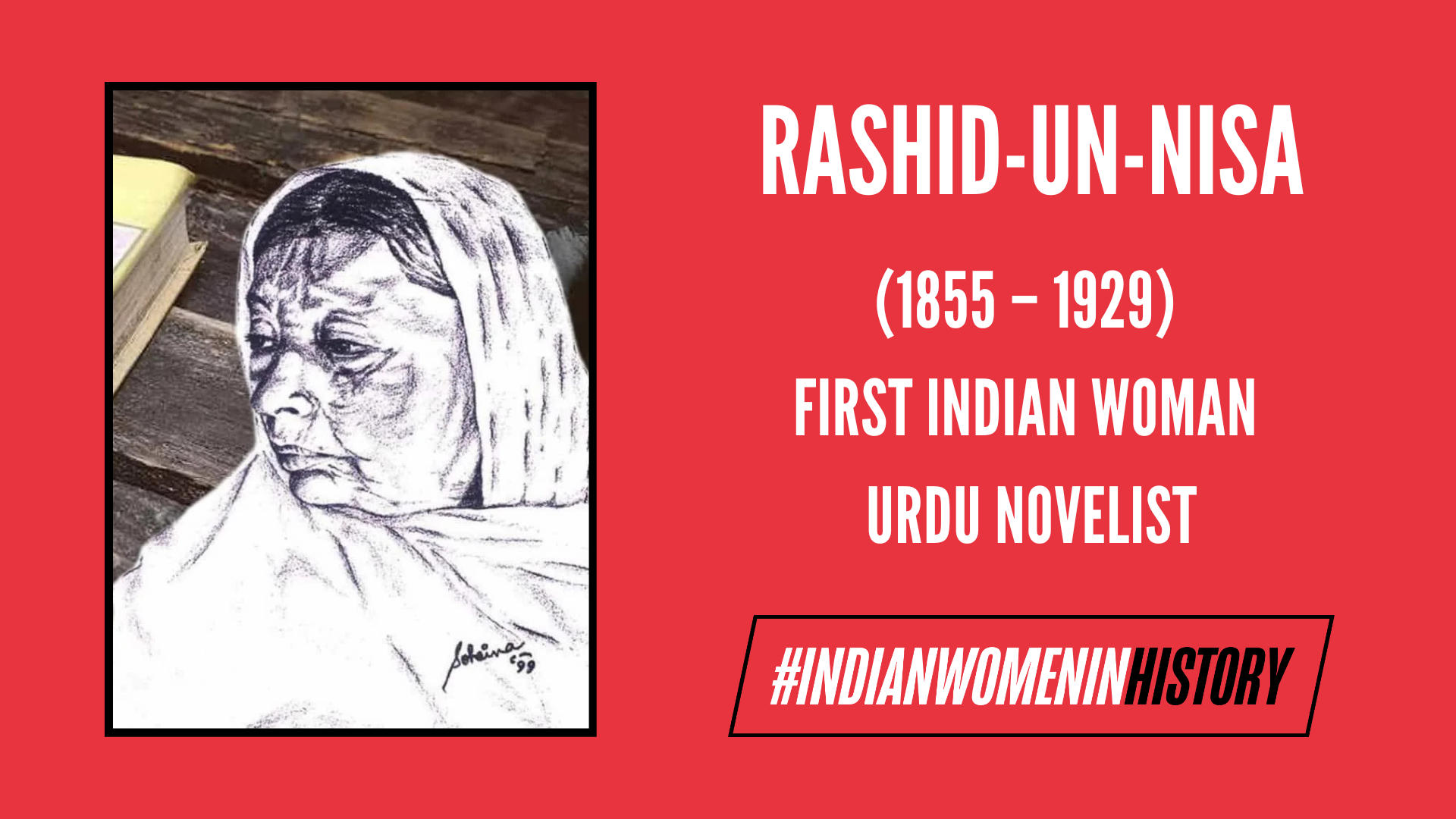Khushwant Singh’s “Train To Pakistan” today serves as a chilling testament to the brutal horrors of the partition of India in 1947, while also offering a dive into the complex interplay of gender dynamics, patriarchal attitudes, and the web of subservience and control. Set against the backdrop of unprecedented violence marked by dacoity, murders, rapes, attacks, killings, and forced conversions, the fictional narrative navigates the themes of agency and resilience in the face of communal violence and bloodshed. Despite 79 years of independence, the 190-page account continues to paint a disturbing narrative of the atrocities that followed the announcement of the partition to date. The title “Train To Pakistan” is a metaphorical construct to underscore the theme of exodus, signifying an escape from the mass killings and rapes. As one peels the layers of this historical fiction, a closer gendered examination exposes the saddening realities of the follies of that age, where the impact of the partition was unequal, with particularly significant challenges grappling the lives of women who became victims of the process, dealing with loss and suppression with the additional burden of societal expectations combined with marginalisation in an already fractured social discourse.
When bodies became battlegrounds: patriarchal attitudes and sexual objectification
The 1947 partition of India wasn’t a monolithic block in the contours of the post-colonial era. The separation, largely based on religious lines, was a significant demographic shift in India’s political landscape, with a lasting impact on various social groups. The novel is located in the village of Mano Majra, situated on the Punjab border, a largely peaceful area that “didn’t even know what India and Pakistan were and barely knew who Gandhi was.”
Nooran’s identity is reduced to rubble, with sensual descriptions of her body throughout. The statement “Did you see that tight shirt showing off her breasts…she must give Jugga a good time…large gazelle eyes and the little mango breasts” is a painful indicator of sexual objectification and identity erasure.
Patriarchal attitudes serve as the foundational structure of the novel, exposing the fissures in a society characterised by an identity flux. Throughout the book, there are vivid descriptions of female bodies, which, as a consequence of the partition, assume a transactional role. Women serve as peripheral agents throughout the narrative, with no narrative space whatsoever, to recount the horrors through their lens. The victimisation of women, while offering a glimpse into gendered suffering, does little justice to the process of representation.
The novel throws light on three female character arcs whose stories shape the voice of the times—Nooran, Juggat’s lady love; Juggat’s mother; and Haseena, a prostitute.

Nooran’s identity is reduced to rubble, with sensual descriptions of her body throughout. The statement “Did you see that tight shirt showing off her breasts…she must give Jugga a good time…large gazelle eyes and the little mango breasts” is a painful indicator of sexual objectification and identity erasure, where the male gaze reduced her to being Juggat Singh’s lover with desirable physical attributes associated with sexual pleasure and sensationalism.
Similarly, historical fiction provides a glimpse into the archetype of the typical male mindset, often plagued by racial biases. This preference is articulated by Juggat: “Wah, Babuji, great. You must have had lots of fun. The memsahibs are like houris from paradise—white and soft like silk. All we have here are black buffaloes,” showcasing how deeply racist imperialism had invaded the minds of Indians, expressed in their romantic preferences.
Similarly, phrases such as “sala” and “susra,” ordinarily used in everyday discourse as familial expressions, turned into symbols of insult, meaning “I want to sleep with your sister or mother.” Sex, pervading Indian art, literature, and language, thus slowly seeped its way to become a substitute for rape and sexual assault, once again reducing womanhood to victimhood.
The historical fiction provides a glimpse into the archetype of the typical male mindset, often plagued by racial biases. This preference is articulated by Juggat: “Wah, Babuji, great. You must have had lots of fun. The memsahibs are like houris from paradise—white and soft like silk. All we have here are black buffaloes,” showcasing how deeply racist imperialism had invaded the minds of Indians, expressed in their romantic preferences.
Marked by the redolent odour of an ignominious social structure, patriarchal attitudes form the epicenter of partition-linked violence, thereby highlighting the disproportionate impact war crimes have on vulnerable sections such as women and children.
The crisis of masculinity: how partition weaponised women
The titanic novelist Khushwant Singh strips bare the layered aspects of the communal violence induced by the arrival of the “ghost trains” carrying the corpses of dead Sikhs, flaring emotions, and causing communal outrage. The character of Juggat Singh is designed to fit the typical male archetype—strong, broad-shouldered, with a height of 6 feet and 4 inches, and notorious as the village dacoit. Presented as a stereotypical macho man, his relationship with Nooran is a window to unrestrained male desire, where he forces the young girl to develop conjugal relations with him. Nooran reflects on this, stating, “Always you wanting to sow your seed. Even if the world were going to hell, you would want to do that.” Khushwant Singh vividly creates an imagery of the event to give an idea of the complex entanglement of guilty pleasure, pain, and the primal desire for sex. His withdrawn attitude and insolence post-intercourse weave a typical picture of male self-centredness for sexual gratification.
Khushwant Singh portrays women as the weaker sex, with hardly any agency or resilience other than being victims of their destiny. The novel is a grim insight into how women’s bodies turned into sites of resistance and control—symbols of dignity that must be protected, commodities of exchange in the barter trade of lust and the need for money amidst bloody turmoil, and tools of sexual gratification.
Similarly, Hukum Chand, the local magistrate, wields unmatched power and influence. His exercise of reducing women to subservient characters, marked by his attitude towards Haseena, a young girl of less than fifteen, whom he forced to sing for his pleasure while sipping down his wine in exchange for a bundle of money, exposes the tragedy of the times, where mothers were forced to hand over their daughters as sexually transactional objects to keep heads above water.
The character of Iqbal is, perhaps, used as a softener—a masculine intellectual failure, detached from the everyday problems while carrying lofty ideals and tall aspirations. The novel is a grim insight into how women’s bodies turned into sites of resistance and control—symbols of dignity that must be protected, commodities of exchange in the barter trade of lust and the need for money amidst bloody turmoil, and tools of sexual gratification.
Partition: Ethical crossroads and machinery of control
Amidst the unprecedented scale of refugee movement and bloodshed, the novel is also a moral critique of the socio-political system at many levels that allowed the violence to spiral out of control. It is a haunting reminder of the convoluted web of ethical dilemmas and bureaucratic inefficiencies that combined during the politically motivated division, sowing seeds of hatred in the minds of Indians, who, until before, had coexisted peacefully.
Khushwant Singh portrays women as the weaker sex, with hardly any agency or resilience other than being victims of their destiny. The bureaucratic exploitation of Hukum Chand imposing his sexual will on a young girl, thereby robbing her of her tenderness and innocence, is also a jibe at his conscience, which is pricked when the girl recites a song sung by his daughter. The fine lines between right and wrong are blurred in this historical fiction at several instances, exploding into an ethical crisis that makes one question everything.
The ethical chasms deepen as one encounters instances of rape and female mutilation or the imagery of corpses packed in train compartments like tins of close-lidded sardines.
At the same time, the novel is set in a sensitive timespace, where religious lines became more visible than ever before. The frequent clashes between Muslims and RSS turned into a bone of contention for interfaith couples who faced increased social pressure. Amidst the turmoil, the blooming romance of Juggat and Nooran sprouted into its destined outcome, with the seed of romance blossoming into a plant as Nooran turned pregnant and was refused shelter by Jugga’s mother for belonging to a different faith. It is a disturbing picture of how love faced resistance and women, just as always, became its indiscriminate targets.
Khushwant Singh’s novel resonates beyond the lines, spilling the partition horrors. It is a call for compassion, mutual empathy, and brotherhood amidst divisiveness. It is a loud slap on the face of those forces disrupting communal harmony. It is a peek into literature with the power to privilege some voices and sideline others. However, above all, it is a question mark on women’s identity, on female agency, and on her voice and narrative torn in a world that empowers the man to write history the way they want to. It wasn’t as much about trains and tracks as about unsaid questions on women’s bodies.
About the author(s)
Nausheen is currently an undergraduate student pursuing journalism at Lady Shri Ram College for Women, Delhi University. With a keen interest in feminism, geopolitics, and social issues, her passions lie in research, writing, and public speaking. In her free time, she enjoys listening to music, sipping coffee, and playing chess.





